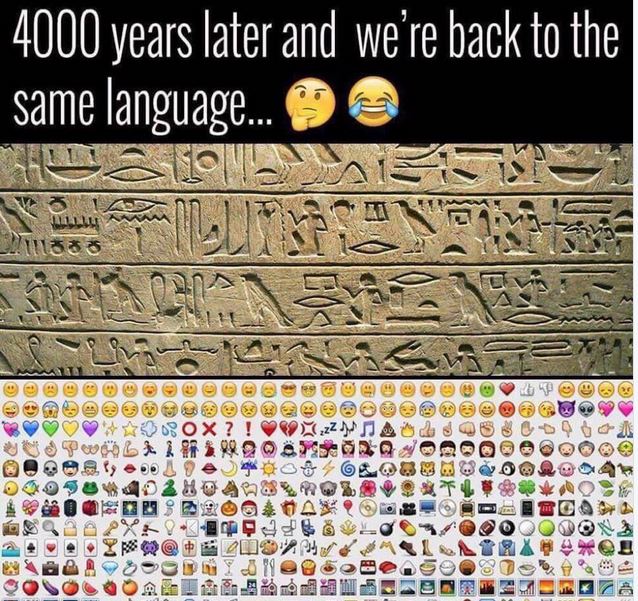Despite Slovenians got their state already after the First World War (1918) in the Kingdom of Slovenes, Croats and Serbs, Slovenia was not independent state until 1991, after her split from Yugoslavia. As Vatican was one of the first states that internationally recognized the newly created independent state of Slovenia in 1992, Slovenians will forever remember the Pope’s words in Slovenian at the occasion of his visit in 1996: “Papež ‘ma vas rad!” (“The pope loves you!”). Pope’s John Paul II visit was devoted to celebration of the gained independence of the Slovenian state and to commemorate the 1250th anniversary of Christianity among the Slovenians.
In 8th Century Slovene people start loosing their independance first under Franks, then under the German Holly Roman Empire. This influenced also the culture, including the langugae use. The Freising Manuscripts are known as the earliest document of Slovenian culture, created in 10th Century. These prayers are the earliest preserved writings in Slovenian, as well as the earliest Slavic texts, written in the Latin alphabet. ‘Monumenta Frisingensia‘ (can be listen and read online in translation from early Slovenian into five languages, including modern Slovenian) have documented the use of Slovenian langugae in Christian liturgy in Upper Carinthia, which belonged to the Freising diocese. Later the liturgy was hold everywhere in Latin as this was the official European langugae.
This means that general public still spoke Slovenian langugae, but official languge of nobles and the rulers became first Latin and from 12th century the German. Dictionarium quatuor linguarum is a 16th-century book by the German polymath Hieronymus Megiser that includes a multilingual dictionary with German, Latin, Slovenian and Italian vocabulary. While a large part of Europe in the 16th century adopted a humanistic cursive (“Latin” script, antiqua) as the dominant font, the duality between the “German” and “Latin” fonts was maintained in Central Europe until the begining of 20th century. So the archive documents could be found in Latin and German also for Slovenian origin. While the Latin records are easy to read, a German handwriting is more demanding and requires skilled genealogyst or translator. In both cases basic vocabulary needs to be learnt to understand written information, for example an occupation.
Despite all these historic records in German, and information at the imigration documents, that passanger’s state of origin was Austria, your ancestor may be of Slovenian origin. If you start discovering this by your genetic matches in Slovenia, do not hesitate to contact them – in every family you will find somebody, who speaks English.
Many Americans imagine Slovenia as an eastern communistic country, close to Russia. Which is far from truth. Firstly, Slovenia has a Central European geographical position, and secondly, her communistic party split from Russian policy soon after Second World War. As Slovenia was one of the six Yugoslav republics, certain level of self-governement was retained. For example, Slovenia got her first constitution in 1947. Nowadays we can read legislation and use Slovenian langugae in all official procedures not only in the Republic of Slovenia, but also in the institutions of the European Union. Whether this is a guarantee that a language spoken by 2 million of people will survive in globalised world or not, we can not say.
What is worth mentioning, the Slovenian origin means ethnicities rooted in the geographic regions in Central Europe, where Slovenian speaking people have lived in the past millennium and have been using various Slovenian dialects (Ramovš, 1931).








